The Custodian of the Collegium of Augustales at Herculaneum
Lindsey HallThe Final Moments
We can only speculate why the custodian of the Collegium of Augustales was alone in bed at the time the pyroclastic flow swept over Herculaneum on that fateful day in 79AD.
The events of that day unfolded with terrifying swiftness. For hours, Vesuvius had been hurling ash and pumice into the sky, turning day to night across the Bay of Naples. The coastal town of Herculaneum, nestled at the volcano's base, had initially seemed safer than Pompeii as the prevailing winds carried the deadly ash cloud away from them. But this apparent reprieve was a cruel deception.
Given the earth tremors and deafening noise of the volcano erupting nearby, it is very unlikely our custodian was asleep. The ground would have shuddered beneath his modest bed, and the roar of the mountain would have drowned out any attempt at peace. Perhaps he was cowering in what he thought to be a safe space, believing the solid walls of the sacred building might protect him? Perhaps the trauma was too much for a weak heart, and he had collapsed from sheer terror? Maybe his sense of duty and dignity compelled him to remain at his post, unwilling to abandon his sacred charge even as death approached?
What we do know is that his skeleton was found at the time of excavation lying on his bed.
The Sacred Institution
The Collegium of Augustales was a civic order of freedmen, former slaves who had earned their liberty, charged with the organisation of the imperial cult. This was no mere honorary position. Rather, it was an alternative cursus honorum, created by Augustus for mostly successful freedmen who were denied access to the normal magistracies of the empire. The building at Herculaneum reflected this elevated status: a grand hall with four central columns supporting a flat roof.
Statues of the divine Caesar and Augustus once stood on bases that still exist today, their marble forms gazing down upon the daily rituals of devotion. These statues were carried away by eighteenth century collectors, leaving only their pedestals as ghostly reminders of imperial presence.
Two steps signified the sacred area, marking the boundary between the mundane and the divine. The beautiful central shrine, shown here, would have been, and remains today, the focus of the hall. Our custodian slept just to the right of this picture in a small room; a modest chamber befitting his station, and it was here that he sadly met his end in 79AD.
Modern Discoveries
Since I first wrote this in late 2019, research into this individual has revealed two facts that have deepened both our understanding and our sense of tragedy. One is quite ordinary, yet poignant in its mundane reality; that the man was perhaps 20 years of age. Twenty years old; barely past boyhood by our standards, though in Roman times he would have been considered a man in his prime.
The second fact is extraordinary, almost beyond belief; that the heat was so intense that his brain was turned to a glass-like substance. According to articles I have read on this case, this is a unique discovery—the only known occurrence found in the natural world. The temperatures required for such a transformation are almost incomprehensible, reaching perhaps 500 degrees Celsius or more in mere seconds. It speaks to the unimaginable ferocity of that pyroclastic surge, a wall of superheated gas and volcanic matter that moved faster than a racing chariot.
The discovery reminds us that behind every archaeological find lies a human story. This was not merely a custodian, but a person with a name we shall never know, and a future that ended in an instant on a autumn morning nearly two millennia ago.
BBC News article: https://www.bbc.co.uk/news/articles/cgr2n8xx5gyo
Picture taken at Herculaneum December 2019
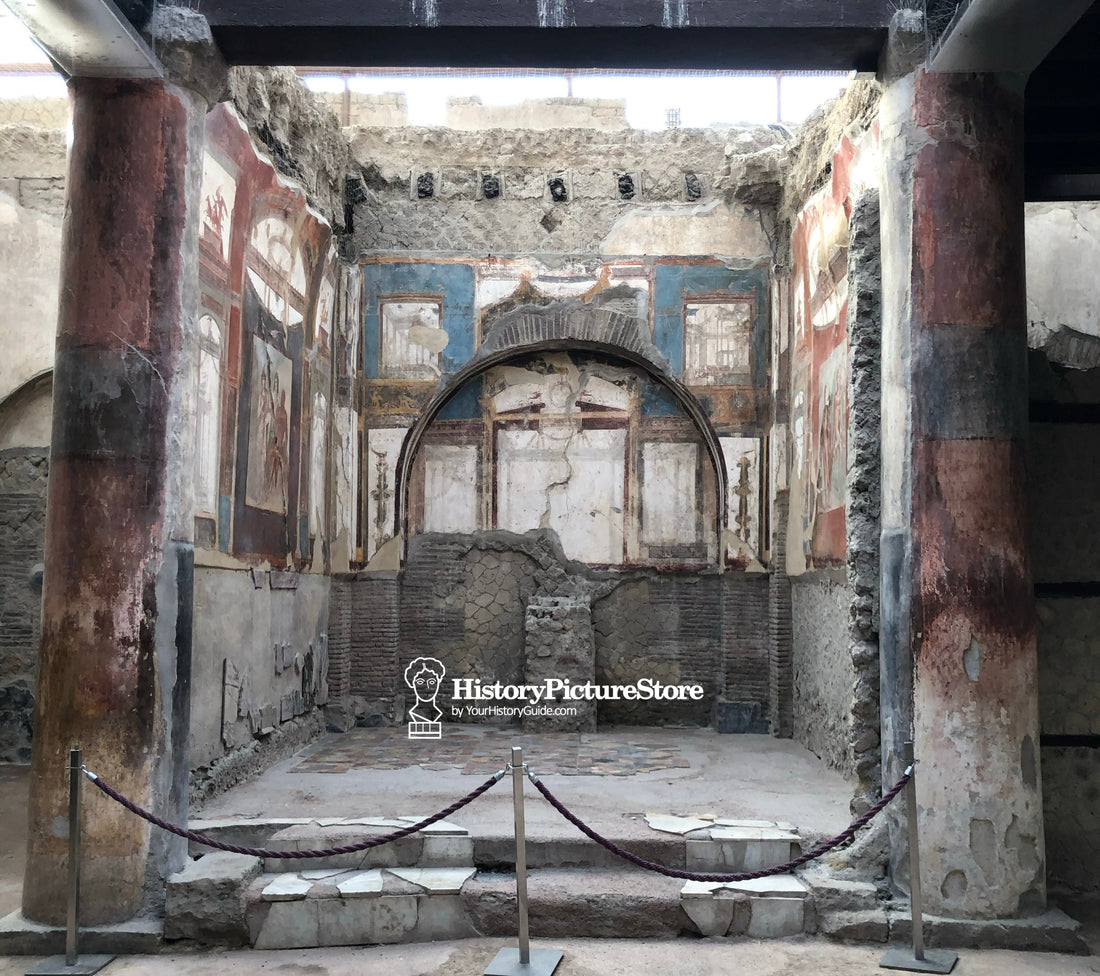

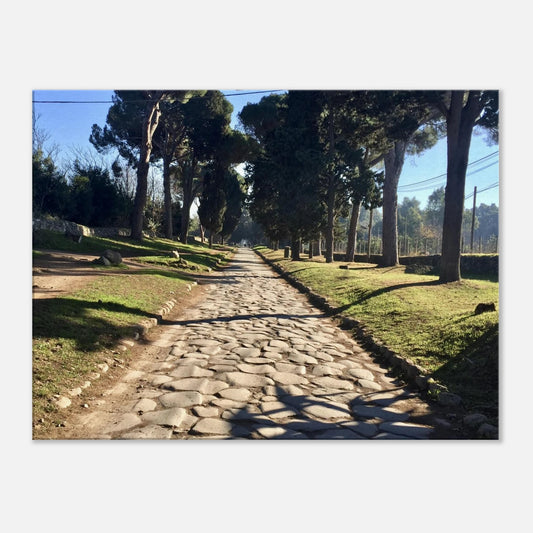
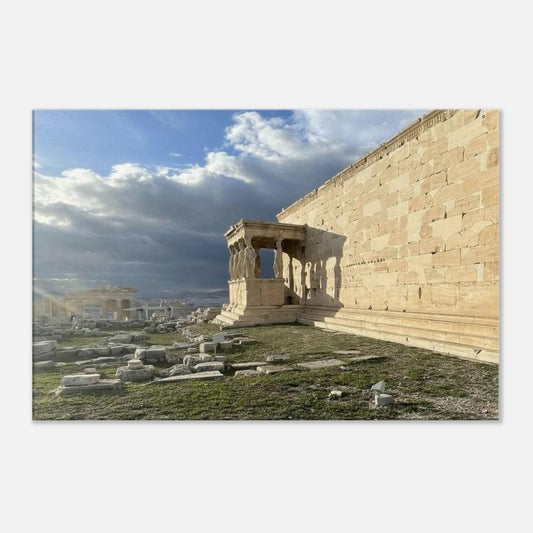


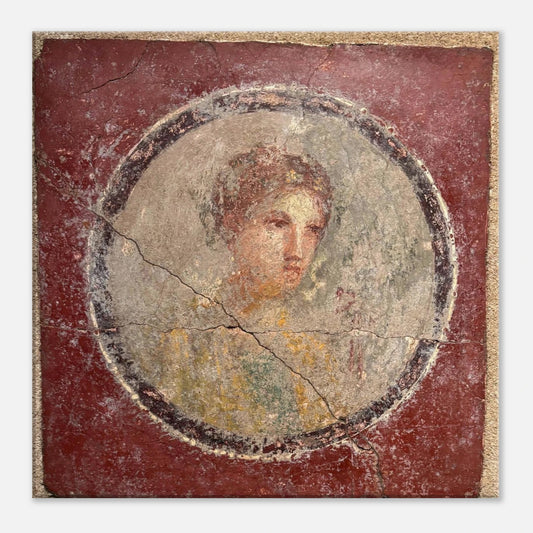
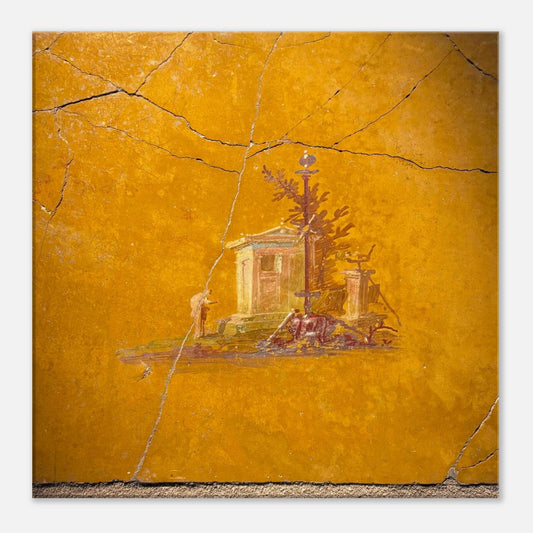
1 comment
Very sad, but interesting. Thank you.